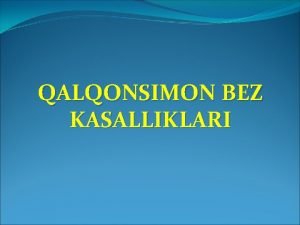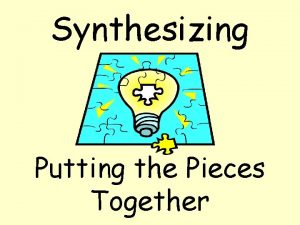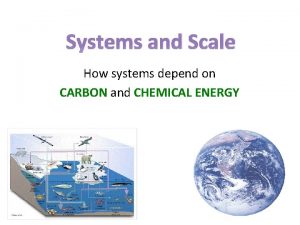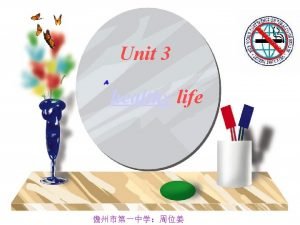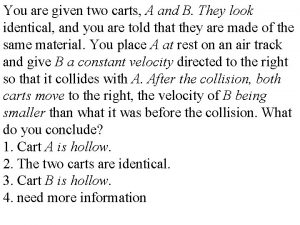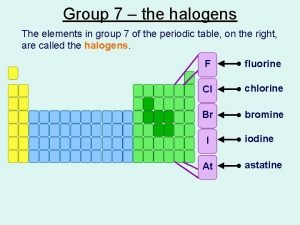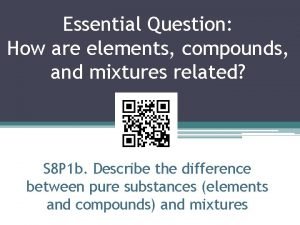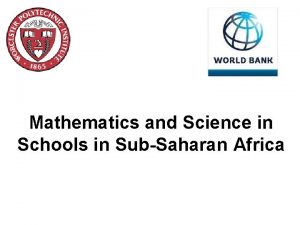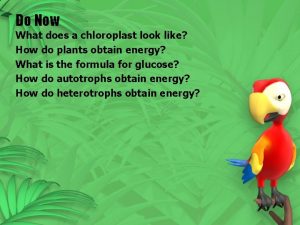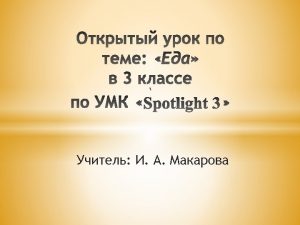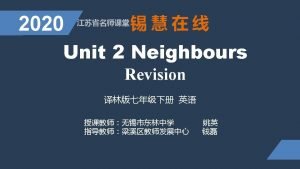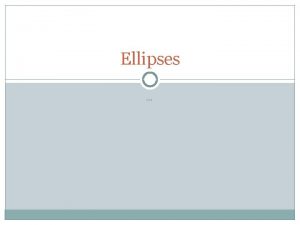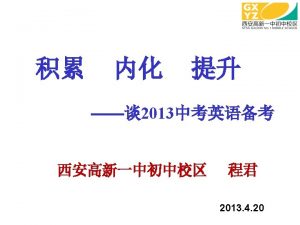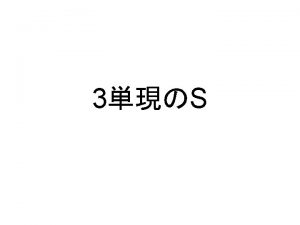TTG TTGs how do they look like TTG
















- Slides: 16

TTG

TTGs - how do they look like? TTG gneiss intruded by late granite (highly deformed)

A piece of grey gneiss from the Narryer Complex, Yilgarn Craton

Highly deformed greenstone - granite terrain Amphibolites and TTG gneiss (“grey gneiss”)

What are TTGs? TTG is an acronym for “tonalitetrondhjemite-granodiorite”. These granitoids are a typical feature of all Archean terrains.

Trondhjemite = leuotonalite Q Q = Quartz A= Alkali-feldspar P= Plagioclase IUGS Classification Based on Modal Composition What is Mode? ? A P

Normative vs Modal mineralogy

TTG classification O’Connor’s classification - based on normative feldspar composition (valid for rocks with normative Q ≥ 10%)

K-Na-Ca plots Martin et al. , 2005

Chemical definition TTG = siliceous rocks, with Si. O 2 = 65 - 75% Al 2 O 3 >15% (Si. O 2 ≤ 70%), <14% (Si. O 2 ≥ 70%) (Fe. OT + Mg. O) < 3. 4% Fe. OT/Mg. O = 2 - 3 Ca. O = 1. 5 - 3% Na 2 O = 4 - 5. 5% (SODIC) K 2 O ≤ 2%; Na 2 O/K 2 O >1 at Si. O 2 = 70%, if Al 2 O 3 >15%, then called high-Al TTG if Al 2 O 3 <15%, then called low-Al TTG

REE patterns highly fractionated with HREE depletion; commonly no Eu anomaly; negative Nb-P-Ti anomaly in spidergrams

Melting in subduction zones


Conclusion • TTG = sodic granitoids, low K/Na, high Na/K, Strongly fractionated REE patterns, depleted HREE = garnet in residue • Most acceptable model = partial melting of basaltic crust in which garnet and/or amphibole are residual phases • Subduction zone, partial melting of subducted slab

Conclusions TTG is an acronym for “tonalite-trondhjemitegranodiorite”. These granitoids, together with greenstone belts, are a typical feature of all Archean terrains. In addition, a rarer feature of Archean terrains is the occurrence of high-Mg diorite-tonalite-granodiorite rocks, collectively called “sanukitoids”. TTG’s, sanukitoids and modern adakites have something in common. They are all interpreted to represent to have a direct or indirect link to partial melting of basaltic protolith, and implicitly related to some form of plate subduction.

Question • Why TTG confined in the Archaean? • Why not found in the post Archaean?
 Look up to the left
Look up to the left Qalqonsimon bez anatomiyasi
Qalqonsimon bez anatomiyasi After putting the pieces together what do they look like
After putting the pieces together what do they look like Which features of the sun look like huge cloudlike arches?
Which features of the sun look like huge cloudlike arches? Why does ethanol look like water but behave more like wood?
Why does ethanol look like water but behave more like wood? 1 look at the picture
1 look at the picture Look at the picture in activity 1
Look at the picture in activity 1 Look at the image in activity 1
Look at the image in activity 1 Look at the picture
Look at the picture They shall narrowly look upon him
They shall narrowly look upon him Look at the following pictures what are they doing
Look at the following pictures what are they doing You are given two carts a and b
You are given two carts a and b المجموعه ١٧
المجموعه ١٧ What does the tsa precheck indicator look like
What does the tsa precheck indicator look like Mixture of elements
Mixture of elements Semiconductor device
Semiconductor device What does a chloroplast look like
What does a chloroplast look like

